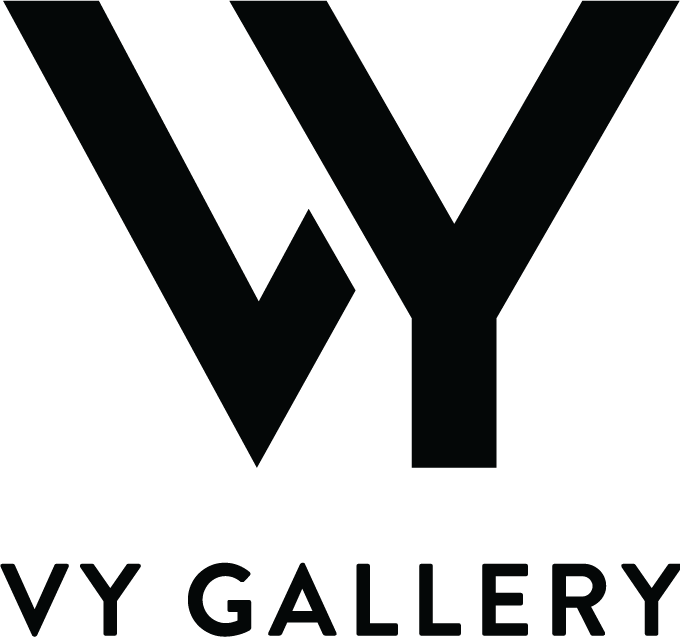The recession has greatly affected the process of art works being circulated, requiring collectors and auctioneers to make timely changes to promote the market.

“Still Life and Owl” (1949), by Gertrude Abercrombie. Source: Rago Arts/Wright
Reason for the attenuation in the art market
The economy is in its worst state since the 2008 financial crisis. Furthermore, rising interest rates and inflation have put an end to the era of cheap money over the past decade.
It’s the reason why art investors are more cautious in using funds and the markets are facing tight spending, among which the art market is also facing many difficulties.
Art demand has remained relatively stable, while a lack of quality supply is responsible for the decline in the art exchange market. In 2020, the pandemic broke out, collectors kept the works, leading to market saturation the following year. The pandemic has delayed the situation, combined with the current economic slowdown leading to profound changes.
Roni Gurfinkel, sales director at MutualArt explained: “The conditions for selling artwork are becoming more complicated. Small factors can affect completely different results and prices.” In an age of cheapness, works of art – with their inflated prices, which were supposed to be profitable – are now unlikely to be profitable.
Where the works are sold and which auction house takes the deposit has a significant impact. “A large number of collectors look to us for help because they understand that we have worldwide reach, extensive experience and close relationships with auction houses,” said Gurfinkel.

“Dizzy Gillespie”, (1949), by Gertrude Abercrombie. Source: Rago Arts/Wright
Roni Gurfinkel exampled two paintings by Gertrude Abercrombie that she recently consigned on behalf of a client. After negotiating with some different auction houses, Gurfinkel decided that Rago/Wright would be the right venue for these works. The reason was that the headquarters of the auction house is located in Chicago, in line with the existing influence of the artist Abercrombie on local art. So, Still Life and Owl and Dizzy Gillespie (1949), eventually grossed US$529,200, more than double the estimated total of $220,000. These are the most valuable paintings by artist Abercrombie to date.
Additionally, the artist’s background plays a smaller role in the decision-making process. Gurfinkel shared that she used to work with an American collector to sell early works of the early Ayako Rokkaku, a sought-after contemporary Japanese artist.
After considering offers from several auction houses and being approved by customers, they chose Bonhams (Hong Kong) auction house. Here, the work was sold close to its original high valuation.

“Untitled” (2006), by Ayako Rokkaku. Source: Bonhams Hong Kong
New points
More than ever, art owners want to rely on their expertise to control this volatile market. Besides leveraging AI tools, auction databases have become an indispensable component for collectors looking for the best deals.
Art Basel Global Art Market Report and Report UBS art market (2022) recorded a 3% increase in art sales and a 1% increase in transactions. Overall, most of the growth has come from the top segment of the market – resellers with over US$10 million in revenue. Meanwhile, those with lower revenues grow slowly.
Auction houses are similar, citing their steady sales to the top segment of the market. Both the popular Christie’s and Sotheby’s auction houses reported record sales in 2022. Christie’s witnessed over 30% growth in auctions, while private sales fell 30% compared with the same period last year.
Sotheby’s had 9.5% higher auction sales and a 15% discount in private deals. In an interview with CNBC in November 2022, Charles Stewart – chief executive of Sotheby’s – asserted that the art market has long proven itself to be a safe haven in times of economic uncertainty, but unpredictable changes are still there. As with recent shows, more than half of the buyers are Asian – a sign that the market is shifting.

“Untitled” (around 1962), by Ernie Barnes. Source: Bonhams Los Angeles
The future of the art market
The globalization aspect will play an important role in the resilience of the art market against the threat of the recession. The pandemic forces art players to a new level of transparency. In the past, they have been opposed to the publicity of trading data – implicitly stifling the art industry, making the market appear opaque compared to other fields.
Now, however, transparency is essential. Openness is the key to help connect sellers – buyers and bring optimal results for transactions.
Tal Yahav, chief executive officer of MutualArt, said: “Our consignment service is on a mission to make the art market transparent and accessible through data useful to both parties of the agreement.”
Conclusion
Art has indeed proven itself as a safe money storage against economic fluctuations. However, technological implementation and lack of transparency could hinder the art market from developing. Buying and selling paintings is becoming more challenging and requires collectors and auction houses to improve their expertise and be sensitive to the shifting trends of the world.
Source: Mutualart


